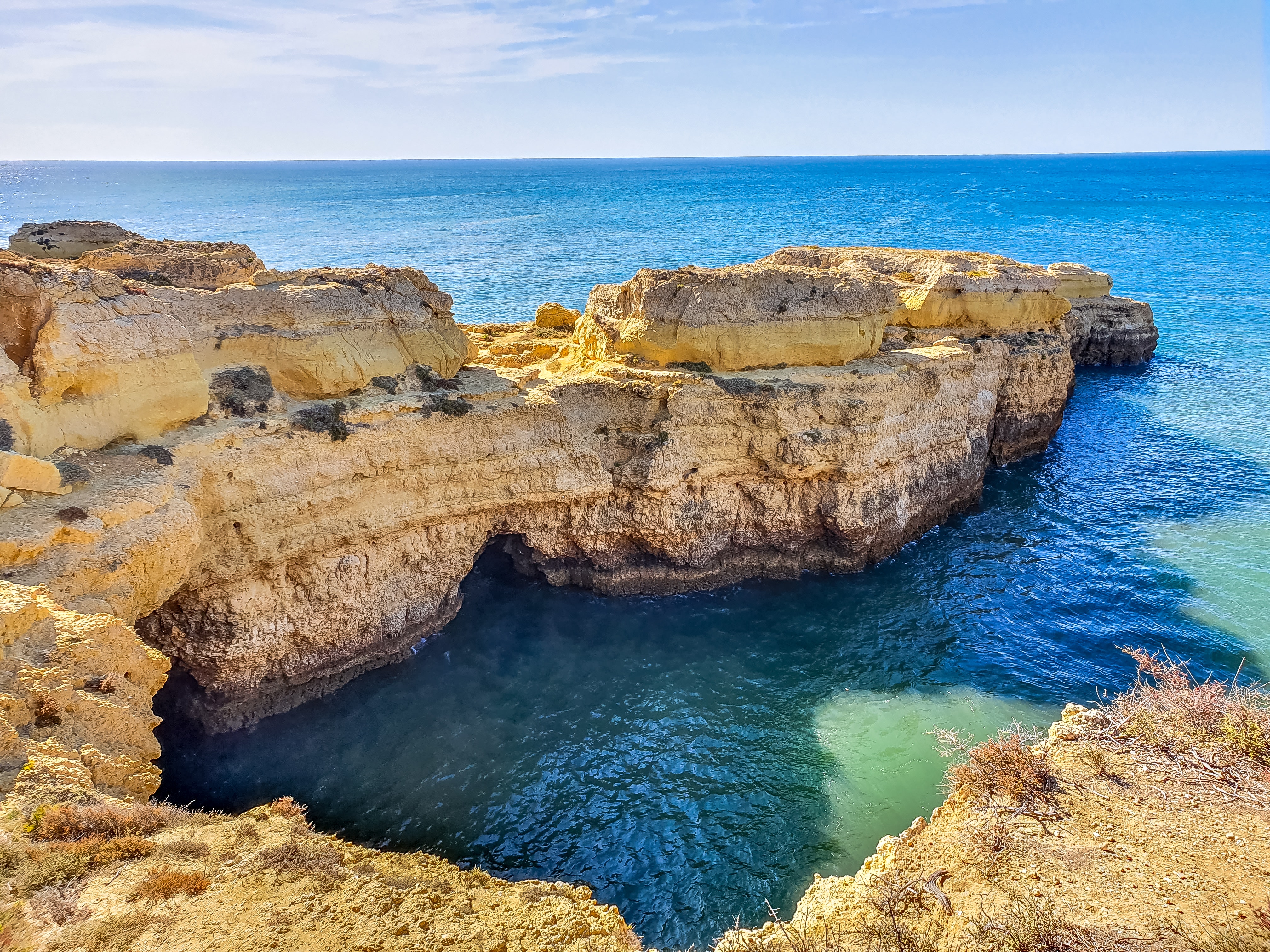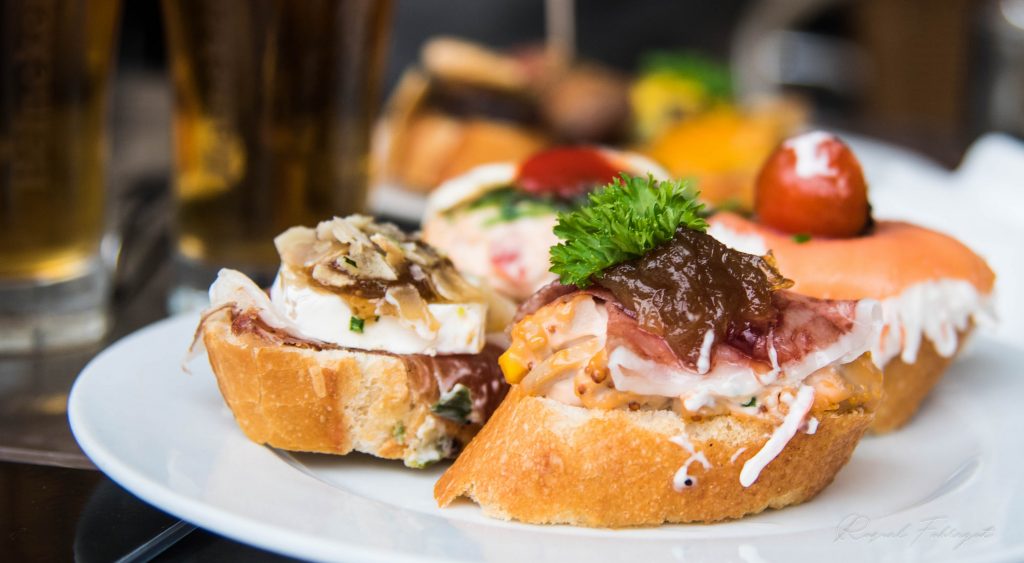Top 10 Reasons to Visit Ribera del Duero
The past few years have been good to the Ribera del Duero wine region in North Central Spain; but much like Sonoma in California wine country, it has had to contend with a more popular older sibling, Rioja. That said, given the region’s much deserved recent international notoriety, things are changing. On a recent trip to Ribera del Duero, I gained a new appreciation for this incredible region for which I’d love to share with you a few of my top highlights. Keep in mind, this is not a complete list, but rather several highlights that I think will most definitely pique your interest, and if we’re lucky, have you booking a trip to this region very soon!

1. World Renowned Wine
What would Ribera del Duero be without wine? It is here that Tempranillo (Spain’s “noble grape”) thrives. Also known as Tinto Fino or Tinta del Pais, the region is ideal for growing this thick-skinned, black grape. The extreme temperatures characteristic of this part of Castilla y León make for an ideal growing season as Tempranillo is an early-ripening varietal. The wines produced here are full-bodied and powerful, yet still retain balance and elegance. The D.O. Ribera del Duero only produces tinto (red) and rosado (rose) wines, while blanco (white) wines and experimental reds are produced under the Vino de la Tierra de Castilla y Léon designation.
2. Amazing Local Food
Better known for wine than food, this area is a veritable cornucopia of gastronomic indulgences. Lamb and pork are staples of the diet in this part of Spain along with hearty stews, legumes, vegetables, and local cheeses. Aranda de Duero, the capital of Ribera del Duero, proudly carries an IGP (Protected Geographical Indication) for the roast suckling lamb (Lechazo Asado) served here. Numerous restaurants specialize in this dish in which the lamb is roasted in “hornos de leña” (wooden stoves). One of the most famous restaurants in the area is El Lagar de Isilla. My dinner here was absolutely amazing, including Sopa Castellana (Garlic Soup), Pinchos de Chorizo and Morcilla (Tapas with chorizo and blood sausage), and the infamous Lechazo Asado en Horno de Leña. Just like the wines of Ribera, the food here is not to be missed.
3. Long History and Tradition
Ribera del Duero only officially became a Denominacíon de Origen (D.O.) on July 21, 1982, but the practice of winemaking in Ribera dates back more than 2,000 years to the Roman era (evidenced by a 66-meter mosaic of Bacchus discovered at Baños de Valdearados). In the 17th and 18th centuries, during the height of the Spanish empire, Ribera wines were highly respected for export. Vega Sicilia (founded in 1864) has long since brought attention and accolades to the area. Winemaking techniques have dramatically modernized, but the winemakers’ respect for tradition have only helped to increase the quality and popularity of these wines.
4. Scenery along the Ruta del Vino
Covering an area 93 miles long by 22 miles wide and stretching across four provinces of Castilla y León (Burgos, Segovia, Soria, and Valladolid), Ribera del Duero offers much by way of beautiful scenery. Besides the sweeping rows of Tempranillo vines across this area the Duero River and its many tributaries (for which the region is named) ebbs and flows throughout the entire region. The third longest river in Spain (557 miles), the Duero River Valley is home to incredibly beautiful scenery and wildlife. Side trips abound from this area as well. A visit to the town of Segovia with its famed aqueduct or to the Burgos Cathedral are a must if time permits.
5. Weather
As mentioned previously, Ribera del Duero has fairly extreme temperature differentials – both daily and seasonal. This is ideal for growing quality red grapes but also makes it a great place for a variety of vacationers (predominantly during spring, summer, and fall). The area experiences approximately 2,400 hours of sunshine a year and receives minimal rainfall. It is the perfect place for any number of outdoor activities for those who need a break from winery visits and wine tasting.
6. Genuine Hospitality
I was almost taken aback by the incredible friendliness and hospitality of the people of Ribera. There is a genuine desire to make visitors feel welcome and a tremendous pride in the area and the wine and food being produced. My stay in Ribera included two winery hotels (Torremilanos and Raiz) and multiple bodega visits, and each and every one was memorable. A few of the more unforgettable moments included Juan Carlos (JC Vizcarra) carving some Jamón Ibérico to share with a selection of his amazing wines, a 3-course sit down lunch and wine tasting at Emilio Moro, and the charming Miriam (Hotel Raiz) and her infectious smile and ever-accommodating demeanor. One important thing, however: Make sure to arrange visits prior to visiting. I made the (fortunate) mistake of dropping in at Bodegas Félix Callejo on an unexpected drive by the bodega and caught them in the middle of a family meal. That didn’t stop owner/winemaker José Félix Callejo from stepping away and spending some one-on-one time with me explaining his wines. Just incredible.
7. Peñafiel Castle
Perched prominently atop a hill in the town of Peñafiel, the Peñafiel Castle is visible for miles. During the 9th and 10th centuries an older fortress stood here as an important line of defense of the Duero River for both the Christians and the Moors. The current castle measures approximately 600 feet long and 90 feet high and was built in the 13th and 14th centuries while the eight turrets were constructed in the 15th century. Folklore has it when the fortress was conquered by Count Sancho Garcia he fixed his lance into the ground at the top of the hill and exclaimed, “¡Ésta será la Peña Fiel de Castilla!” (“This will be Castile’s Faithful Rock!”). Guided tours are available of the castle which also houses a Provincial Wine Museum.
8. Underground Wine Caves/Cellars
This is a truly unique experience not available elsewhere. Dug between the 12th and 17th centuries and lying beneath the streets of Aranda de Duero exists a labyrinth of wine cellars. The area has become famous for these cellars which interconnect below the town center and were originally designed to store the food and wine of the area. Numerous restaurants sit atop these cellars and they are truly a spectacle to visit. Some lie as much as 40 feet below the street and nowadays are home to “Peñas,” cultural associations dedicated to preserving the wine cellars and, of course, organizing events in the cellars themselves.
9. Affordability and Value
Fame and notoriety have not gone to the proverbial head of Ribera del Duero. Given the tremendous amount of amazing places to visit and things to do it is still extremely affordable to stay in the area. Even during harvest you can stay for well under $150/night. You can most definitely stay for more, but many of those options also afford other indulgences, including spa facilities. Food and wine are also extremely affordable here. From tapas to full-blown menus there is a great variety of options in Ribera. It is refreshing to find wines of this quality at prices everyone can afford.
10. Did I Mention the Wine?!
There is a reason Spanish Wines from Ribera del Duero have received such international acclaim in recent years. The region does Tempranillo as good as any other region in Spain. The wines are diverse, affordable, high quality, and fun to drink! If this is your first introduction to Ribera, then “Welcome!” If you are a return enthusiast then, “Welcome back!” Ribera del Duero offers something for everyone. So fire up your computer and book a trip today!

Contact Catavino to learn more about our Ribera del Duero tours!









